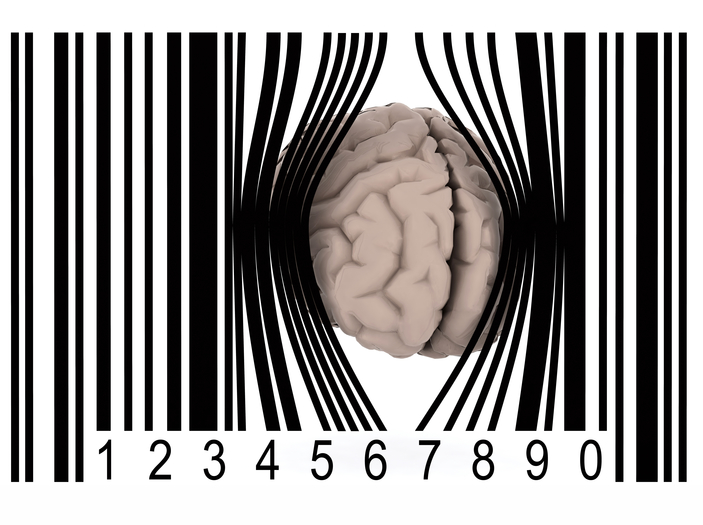Physiology of Consumer Behavior

Almost all information consumers receive through their senses of perception cause a modulation of their inner physiological states. The underlying inner processes are context- and consumer-specific and change over time. Some examples of potential influences include:
- Weather conditions change the way our organism sets free certain neurotransmitters and hormones,
- Sensory perception and neurophysiological reactions change with age,
- Nutrients such as sugar and caffeine influence our mood states and the availability of cognitive resources, and
- Atmospheric-sensory cues in the consumption environment such as ambient scent and lighting moderate our inner perception of products and services.
Understanding these dynamic aspects in the physiology of consumer behavior is imperative for implementing successful marketing activities and spreads across various domains (e.g., advertising, product development, design of service environments).
Our research in this field focuses on two dimensions in the physiology of consumer behavior. First, we seek to understand how information cues in the consumer environment systematically vary our inner perception processes. Second, we evaluate how changes of inner states affect consumer judgement and decision-making. Research in this stream of consumer research draws from methods and paradigms prominent in sensory marketing, consumer psychology, and neuromarketing.
Sample research topics include:
- Neurobiological origins of the compromise effect in consumers’ product selection,
- The influence of test environments on consumer segmentations obtained in sensory marketing tests,
- The appropriate implementation of ambient scent in service industries,
- Caffeine consumption and decision-making,
- Changes in processing neurotransmitters over age and resultant adoption in consumer behavior, and
- The role of consumers’ senses in the retail context (e.g., research on need for touch)
| Selected Publications |
- Brunnlieb, C., Nave, G., Camerer, C. F., Schosser, S., Vogt, B, Münte, T. F., & Heldmann, M. (2016). Vasopressin increases human risky cooperative behavior. Proceedings of the National Academy of Sciences of the United States of America, 113(8), 2051-2056.
- Decklerck, C. H., Boone, C., Pauwels, L, Vogt, B., & Fehr, E. (2020). A registered study on oxytocin and trust. Nature Human Behaviour, 4, 646-655.
- Girard, A., Lichters, M., Sarstedt, M., & Biswas, D. (2019). Short- and long-term effects of nonconsciously processed ambient scents in a servicescape: Findings from two field experiments. Journal of Service Research, 22(4), 440-455.
- Kühn, F., Lichters, M., & Krey, N. (2020): The touchy issue of produce: Need for touch in online grocery retailing. Journal of Business Research 117, 244-255.
- Lichters, M., Adler, S., & Sarstedt, M. (2021). Warm ambient scents nudge consumers to favour premium brands. Marketing ZFP – Journal of Research and Management, forthcoming.
- Lichters, M., Möslein, R., Sarstedt, M., & Scharf, A. (2021). Product acceptance tests in sensory labs, virtual environments, and field settings: A consumer segmentation perspective. Food Quality and Preference, 89, 104138.





